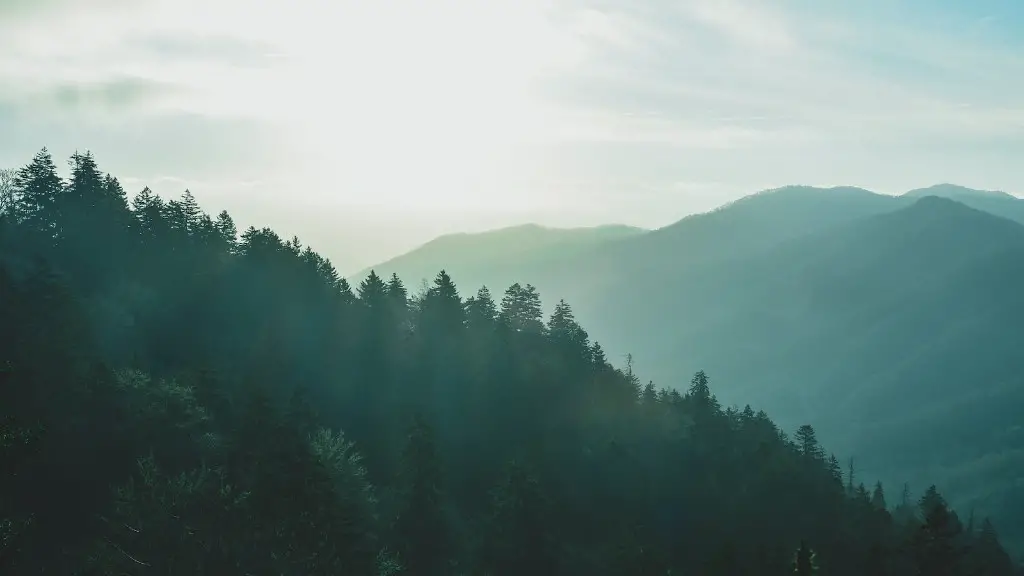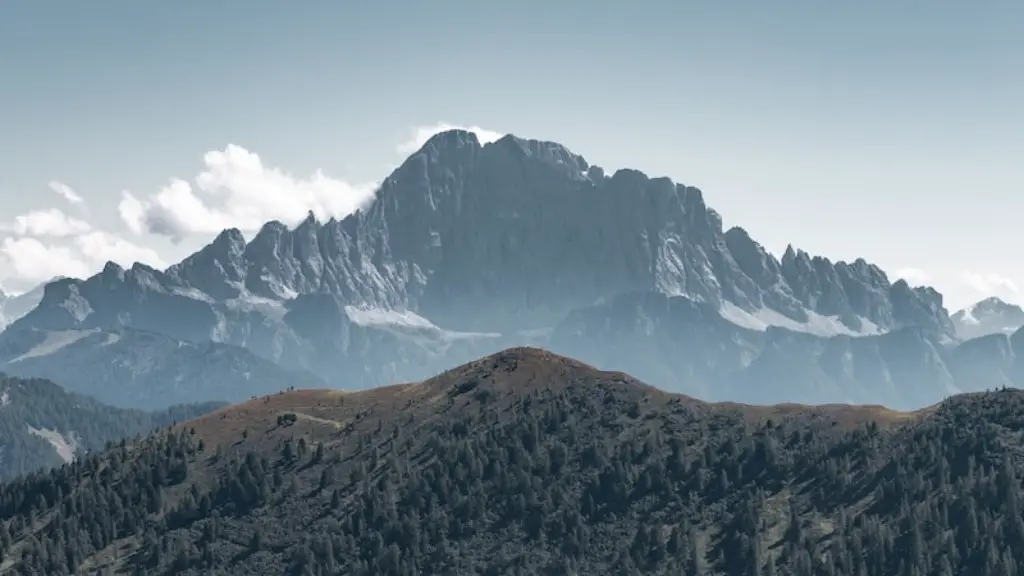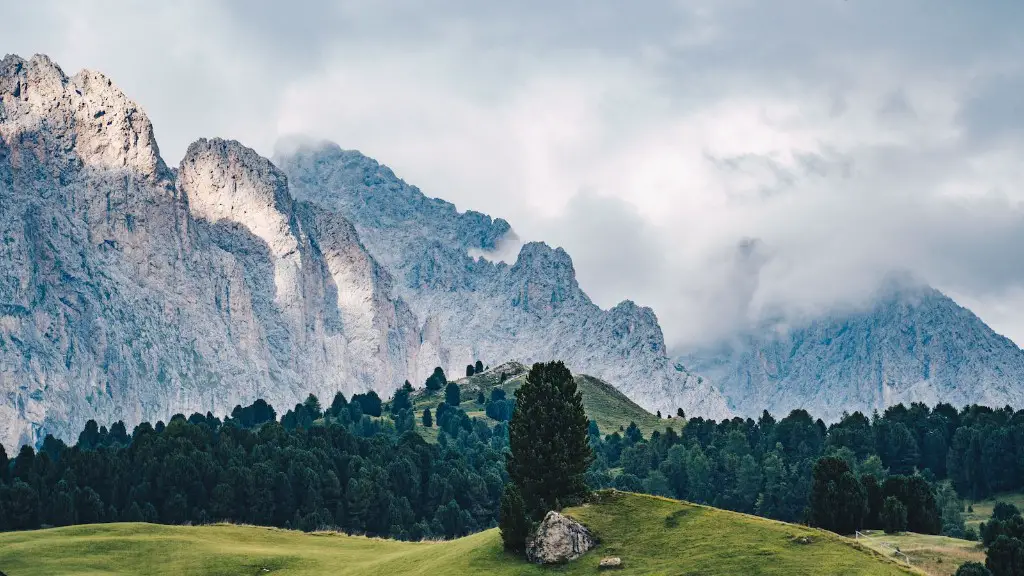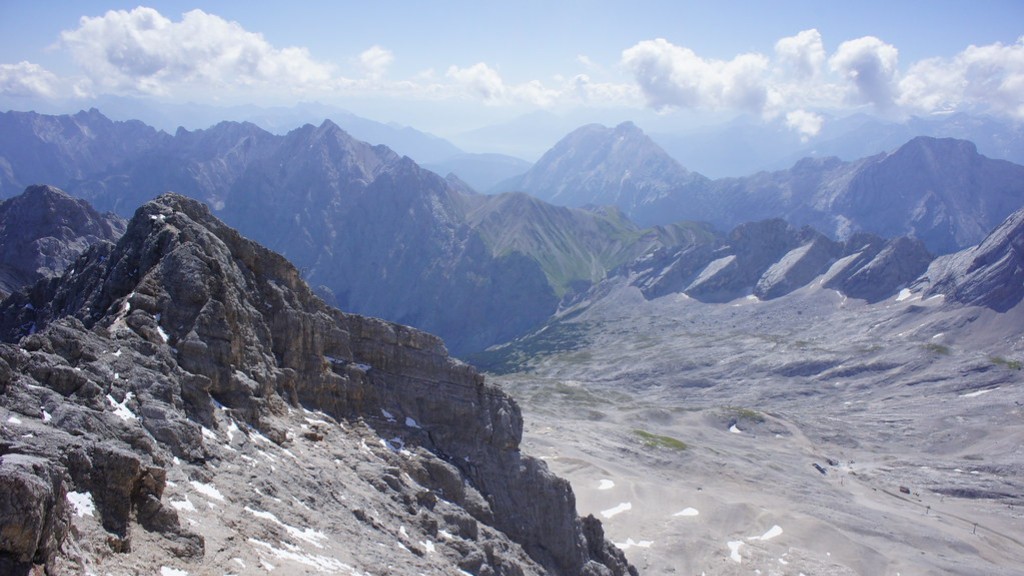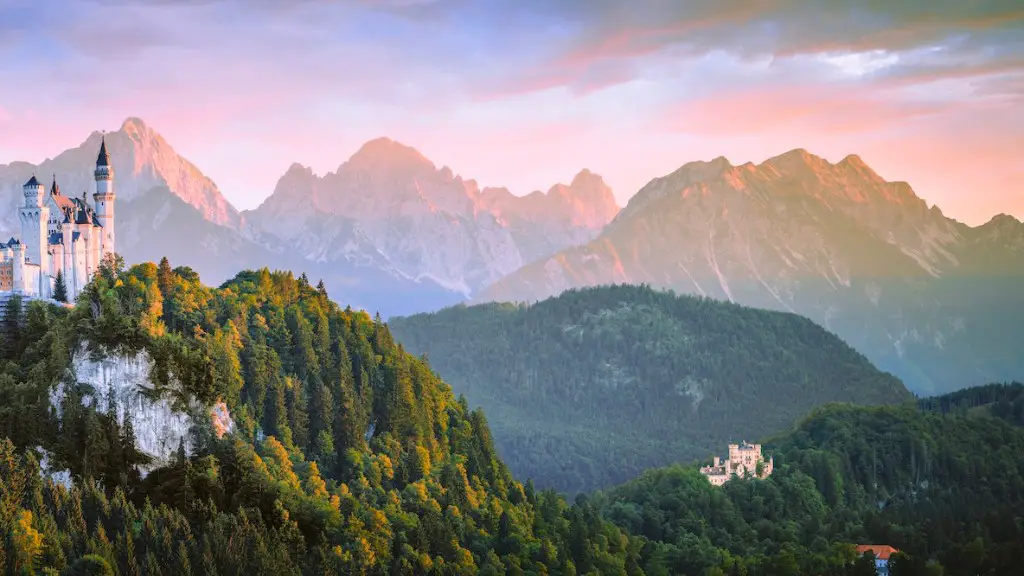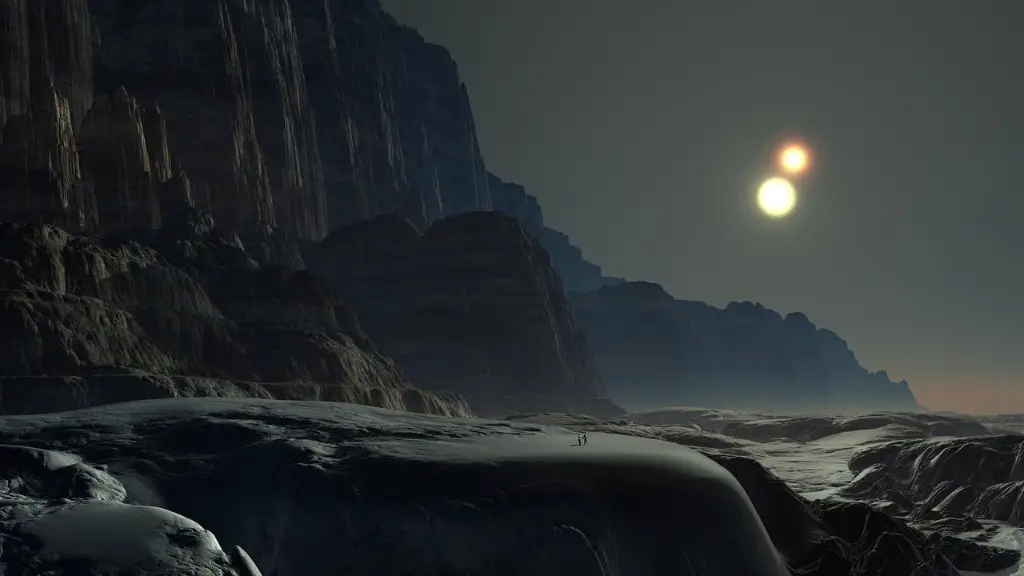In May of 1996, eight people died while trying to ascend Mount Everest. In the years since, similar fatalities have been reported with increasing frequency, as the number of people attempting to climb the mountain has gone up. While the death rate for Everest climbers is still relatively low, it is certainly higher than it was in the past, and some people have raised concerns about the safety of mountaineering on Everest.
The most dangerous part of any climbing expedition is the expedition itself, and that goes for Everest as well. The base camp is well below the death zone, and people have died while attempting to reach it. The most common cause of death is avalanches, but people have also died from exposure, falling, and even heart attacks.
Why is climbing Mt Everest so dangerous?
Altitude sickness can be a very serious condition if not treated properly. It can lead to pulmonary or cerebral edemas, which are buildups of fluid in the lungs and brain, respectively. These symptoms often occur together and are the body’s attempt to get more oxygen to these vital organs in response to the decreased oxygen environment at these high elevations. If you are experiencing any of these symptoms, it is important to seek medical help immediately.
In the last 30 years, the death rate from climbing Mount Everest has been about 1%. The percentage of deaths to successful attempts is around 4%. These numbers show that while climbing Mount Everest is certainly a dangerous endeavor, the chances of success are actually quite high.
What is the most dangerous part of climbing Mount Everest
The Khumbu Icefall is the most dangerous part of an Everest expedition, even with the extensive systems of ropes and ladders installed each climbing season by the ice doctors. Every year, climbers are killed or seriously injured in the Khumbu Icefall, and it is always a major concern for those attempting to summit Everest. In recent years, the Icefall has become more unstable and dangerous due to climate change, and it is now considered one of the most dangerous places on Earth.
Climbing Mount Everest is an incredibly dangerous feat, and climbers have to be prepared to face the “death zone” – an area with an altitude above 8,000 meters where there is so little oxygen that the body starts to die, minute by minute. It’s important to be aware of the risks involved in such a climb and to be properly prepared before embarking on such a journey.
What kills climbers on Everest?
Since 1847, there have been approximately 150 recorded deaths due to avalanches in North America. These deaths have been attributed to avalanches, falls, serac collapse, exposure, frostbite, or health problems related to conditions on the mountain. Not all bodies have been located, so details on those deaths are not available.
The coldest temperature at the top of Mount Everest is in the mid-December to late-January period, when the average temperature is around -37°C (-35°F). Similarly, the average temperature at Everest Base Camp during the winter season is around -17°C (14°F).
Do bodies stay on Mt. Everest?
It is estimated that the bodies of at least a third of all who have died on Everest remain there. Some of them are in pieces, pulled apart by avalanches. It is very dangerous to remove remains from the top of the mountain.
It can be difficult and expensive to remove bodies from Everest. In some cases it can cost up to $70,000. Two Nepalese climbers died trying to recover a body from Everest in 1984.
Who is the hanging body on Everest
Green Boots is one of the most famous landmarks on Mount Everest. The body is believed to be that of Tsewang Paljor, an Indian climber who died on the mountain in 1996. The body has become a symbol of the dangers of mountaineering, and a reminder of the ultimate price that some climbers are willing to pay to summit the world’s highest peak.
There are three main causes of death on Everest: avalanches, falls, and mountain sickness. Avalanches are the most common cause of death, accounting for about half of all fatalities. They occur when a large mass of snow and ice breaks loose from the mountain and sweeps down the slope. Falls are the second most common cause of death, accounting for about one-quarter of all fatalities. They usually occur during descents, when climbers are tired and their concentration is reduced. Mountain sickness is the third most common cause of death, accounting for about one-fifth of all fatalities. It is caused by the accumulation of fluids in the brain or lungs, and can be fatal if not treated promptly.
Is it hard to breathe on Mount Everest?
It’s amazing that human beings can even survive at the peak of Everest, where the oxygen levels are so low. It just goes to show the amazing adaptability of our bodies. When we’re at high altitudes, our bodies work overtime to try to get the oxygen we need to survive. It’s truly an incredible feat.
The increasing cost of climbing Everest is becoming prohibitive for many people. In 2017, the cost ranged from $28,000 to $120,000, and it has continued to rise since then. Taking a trek up Everest in 2022 will cost you anywhere from $30,000 to $160,000, with the average falling somewhere around $45,000. This is a significant expense, and it is putting Everest out of reach for many people who would like to trek to the top of the world.
Can I climb Everest with no experience
You need experience, experience, experience: having attempted the Seven Summits isn’t sufficient training for this kind of mountaineering. Beyond high-altitude climbing experience, you also need good footwork, good self-management and understanding of when you might need to turn back.
It is sad to think about the fact that when someone dies on Everest, their bodies are often left behind. It is simply too difficult to retrieve them, due to the extreme weather conditions and terrain. Even if the bodies can be found, they are often frozen in place and very difficult to move. It is a tragic reality of mountaineering on Everest.
Can you sleep on Everest?
Congratulations to our award winning team for being granted permits to sleep in Everest Base Camp! This is a great accomplishment and we are very proud of our team. Sleeping at Everest Base Camp is a truly unique experience and we are excited to be able to offer this opportunity to our guests.
Climbing Mount Everest is an undeniably daunting task that requires significant levels of both physical and mental preparation. However, those who are interested in undertaking the challenge can rest assured that the journey can be completed in approximately three months. This includes the 19-day trek to and from Everest Base Camp, as well as the average 40-day ascent to the summit. With proper planning and preparation, summiting Mount Everest is an achievable goal for any determined individual.
How many bodies are lost on Mount Everest
As of November 2022, 310 people have died while attempting to climb Mount Everest. The majority of the dead are still on the mountain. Some of the bodies have never been found, some serve as grim “markers” along the route, and some are only exposed years later when the weather changes.
George Mallory was an English mountaineer who took part in the first three British expeditions to Mount Everest in the early 1920s. He is best known for his ill-fated attempt to summit the mountain in 1924, which resulted in his death. Mallory’s body was not discovered until 1999, and the cause of his death remains unknown.
Final Words
Climbing Mount Everest can be dangerous because of the high altitude and the potential for avalanches and other weather-related hazards.
Climbing Mount Everest is an incredibly dangerous endeavor. Every year, people die while attempting to reach the summit. The conditions on the mountain are incredibly harsh, and unpredictable weather can make the climb even more perilous. Because of the dangers involved, anyone considering climbing Mount Everest should be sure to do their research and be prepared for the challenges ahead.
